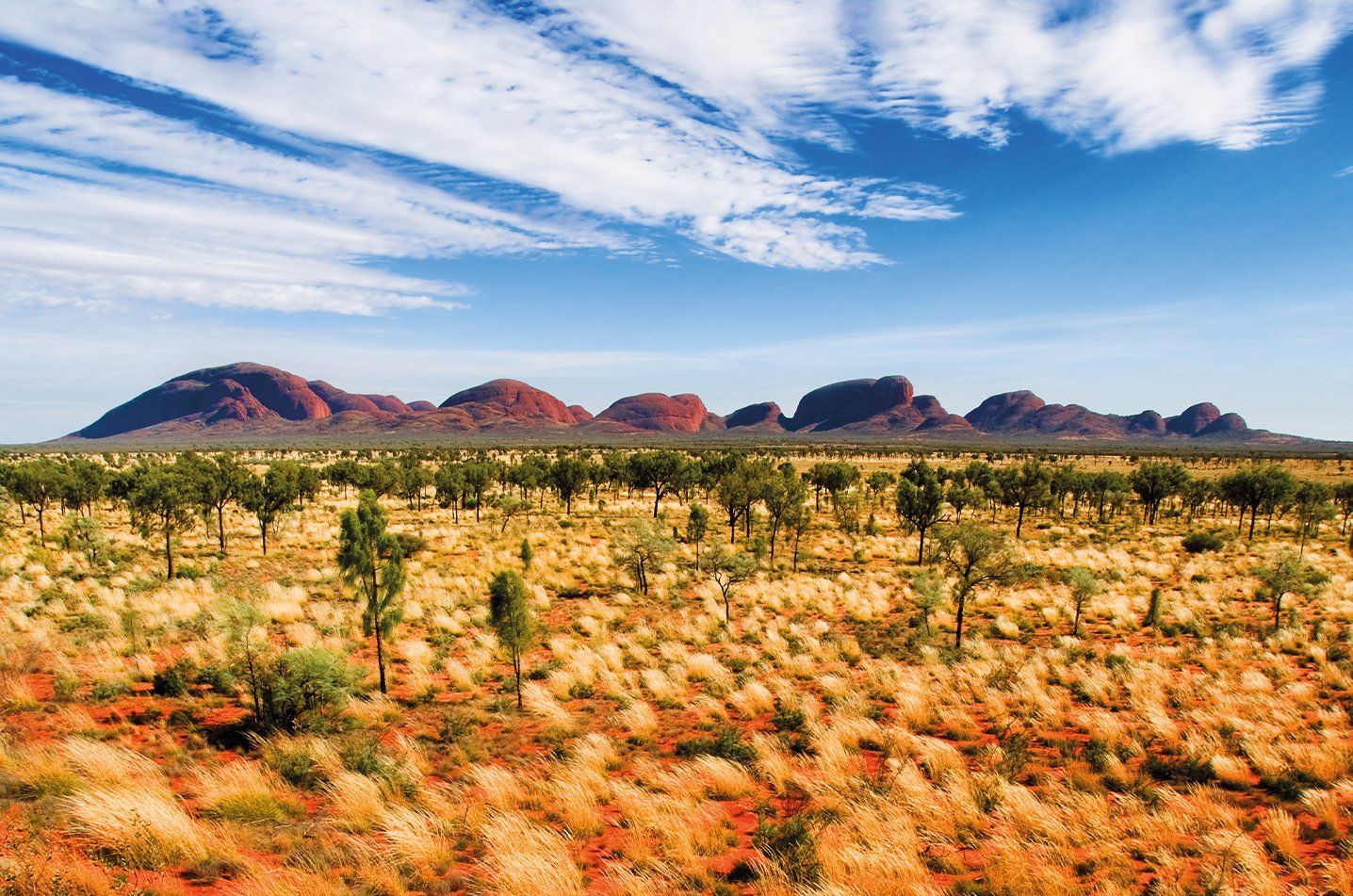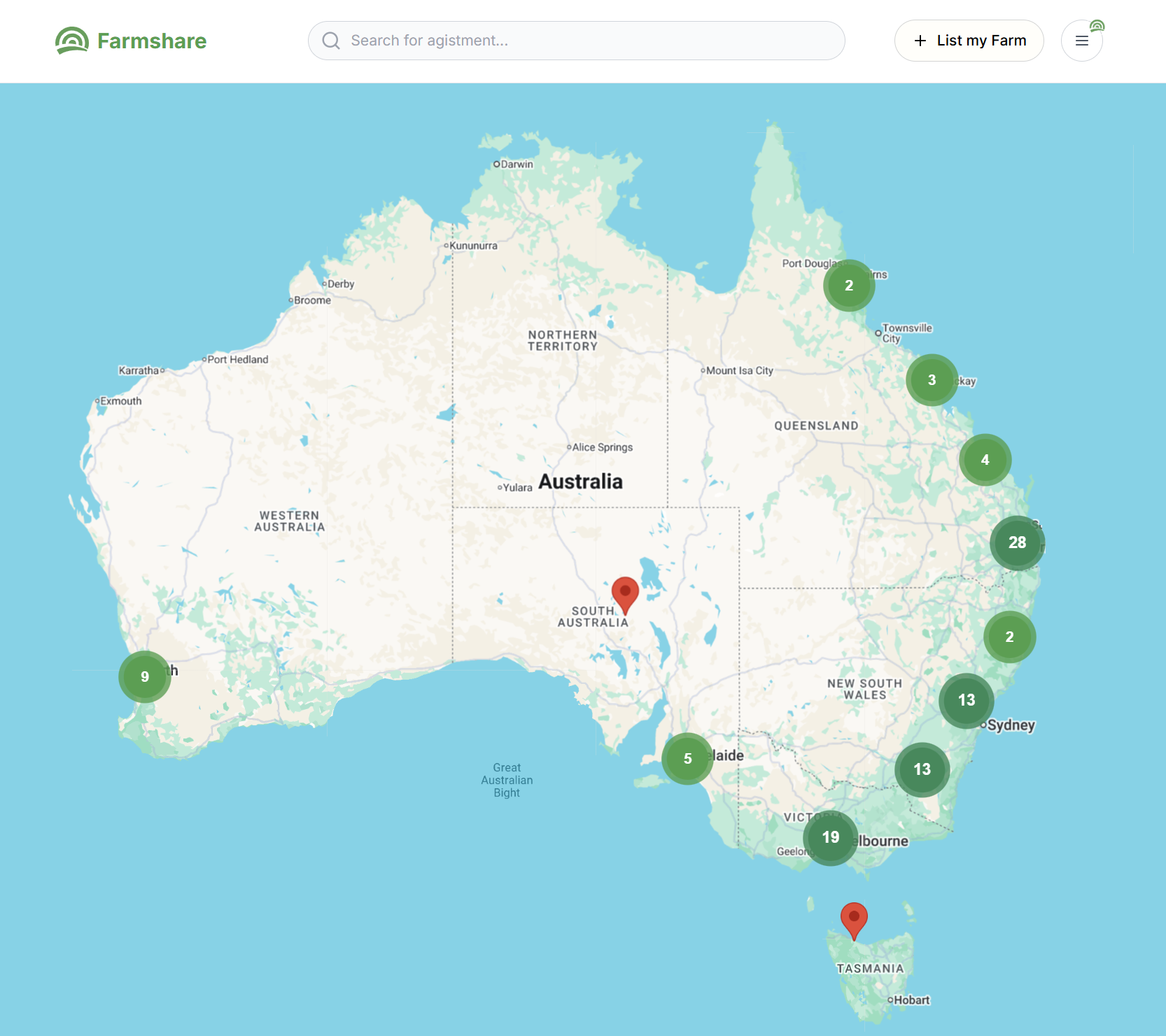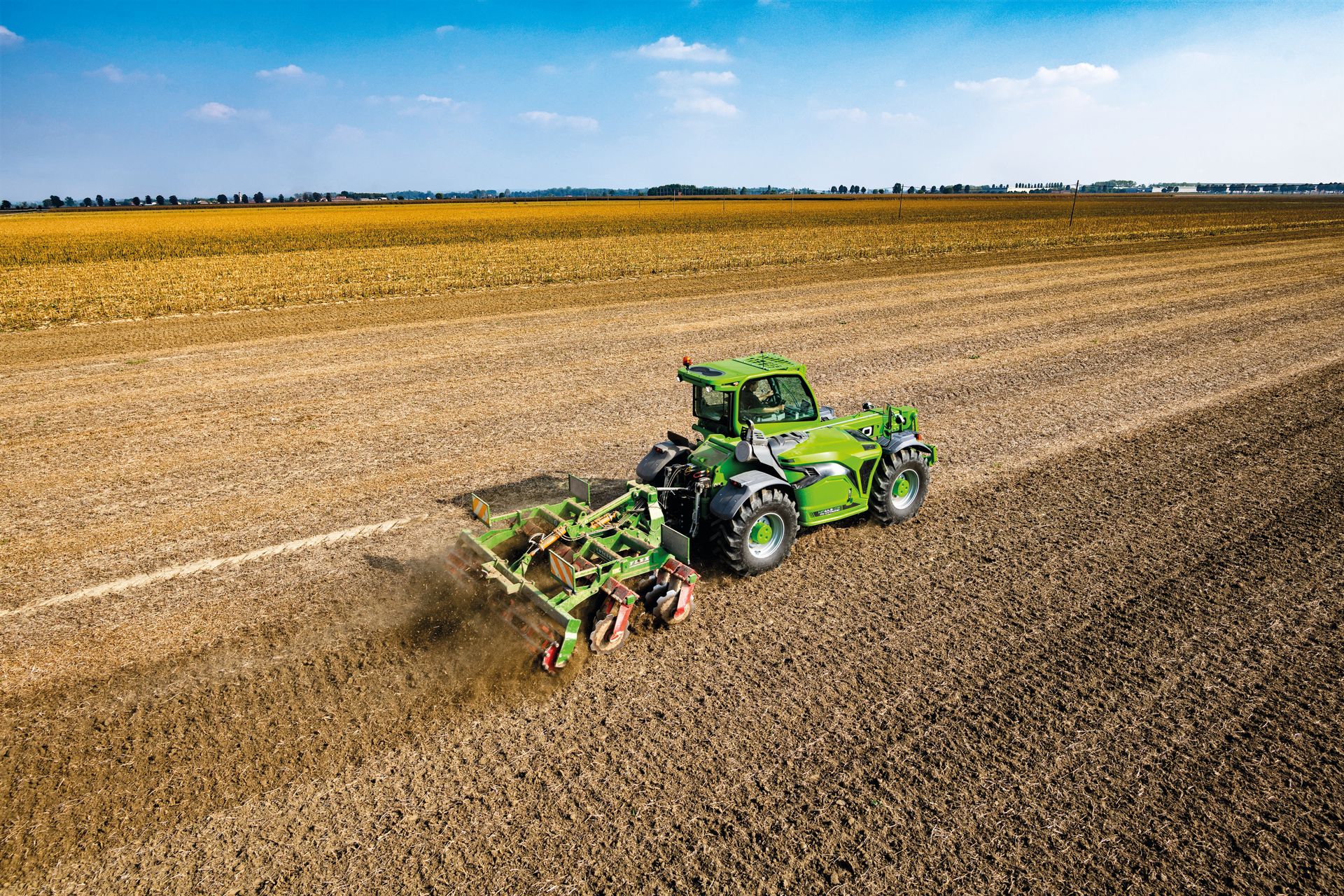1MG FlippingBooks
The untapped potential of northern Australia
Northern Australia has substantial areas of undeveloped lands with untapped water resources and soils that are suitable for more intensive food and fibre production. So where do the opportunities lie? And what are the challenges? David Crombie, Director of the Australian Agricultural Company and former President of the National Farmers’ Federation, provides some answers.
Meeting the food demand
The increasing population and economic growth of countries in the Asia-Pacific region are driving an increasing demand for food and creating competition for natural resources – in particular, scarce arable land and fresh water. Governments are being challenged like never before to make the right political choices for their communities and for the environment.
By 2050, there will be a major population change in the Asia-Pacific region with the emergence of more than 600 million middle income earners. Not only will there be more mouths to feed, but there will also be a shift in the nature of food and fibre demand as a result of economic growth.
So where will the extra food come from? There is no new Green Revolution on the horizon, and there are limits to the development of new lands for food production.
This represents a great opportunity and also challenges for Australian agriculture. Australia can improve its productivity and we can develop more land, particularly in the North, to meet expanding markets for our high quality natural foods.
Despite the popular portrayal, we should not aspire to be the “food bowl” for Asia.
The future of our farm sector is not in the production of base commodities, competing in a world market against countries with a cost base that is half of ours.
Our target should be the production of differentiated foods and fibres to supply the expanding segment of middle income Asia – consumers who are seeking safe and reliable high quality products and who can afford a premium price.
None of this will fall into our lap. We will have to earn our right to play in this expanding marketplace and one of the keys to meeting this opportunity is unlocking the development potential of northern Australia.
We can continue to improve our farm productivity and we can develop more land. This is particularly true in the North where there is an estimated 16 million hectares with adequate rainfall and soils suitable for more intensive production, plus sustainable surface and ground water reserves for an estimated 1.6 million hectares of irrigated crops.
Australian agriculture is highly regarded in world food and fibre markets. We have a reputation for high-quality, safe foods and the ability to supply high-end customers directly via controlled supply chains that are backed by ethical production systems.
This reputation is our competitive advantage and the agri-business opportunities are real, especially in the North where products have easy access to major Asian markets.
To achieve the desired outcomes will require public investment in the North and consistent long-term policy settings across jurisdictions to empower entrepreneurial spirit and to attract the required skills and development capital.
Australian agriculture going forward
Our farmers currently feed and clothe some 60-70 million people. We have the capacity to increase this significantly, and we will need to do so if we are to play our part in meeting expanding food demand.
Much of this potential increase can come from the development of underutilised land and water in the tropical and sub-tropical areas of northern Australia.
Investment in this development is happening now. There are an increasing number of corporate investors in Australia and from overseas who recognise the opportunities for soft commodities in the Asian growth region.
Investment brings new capital, new ideas, new jobs and new market access. We should monitor this but we need not be afraid of it – our agriculture has been developed with foreign capital. Corporations – whether they are Australian or foreign – can turbo-charge development, creating real local jobs and paying local taxes. If these investors exit, they leave the assets and the knowledge behind.
Perhaps the biggest challenge to achieving our potential is managing community perceptions – perceptions around investment itself, around environmental management and biodiversity, around the carbon cycle and around the ethics of animal management.
Over 80 per cent of Australians live in our coastal cities. The maths is simple – most of the votes are in the cities and politicians respond to public opinion, informed or otherwise.
A vacant landscape in the North is no solution – not for better environmental delivery, nor for meeting the global challenge of food and fibre demand.
We have the opportunity – indeed, the global responsibility – to develop underutilised lands in northern Australia to their potential. We can do this by taking into account the needs of communities and the environmental health of the region, but we need new investment to achieve these goals.
So how will this be achieved?
Policy development
Investment needs strong, science-based government policy consistent across all jurisdictions.
Policies at the national, state and local levels provide guidelines that empower investors and our farmers to get on with the job. We need policies that are appropriate for the farm, but which also stretch beyond the farm gate with minimal regulation. Policy development needs to take into account the following areas:
Resource data:
Good policy development and sound investment decisions require good base data on the existing natural resources – data on surface water, ground water, sustainable flow volumes, soil fertility and mechanical structure, vegetation, fauna biodiversity and information on littoral and riverine eco-systems and their interdependencies.
Much of the data is known but there are still data gaps, particularly in the North, and these need to be addressed as a matter of urgency and supplemented by research projects to explore areas of uncertainty. The lack of perfect data cannot be an excuse for weak policy development and resultant delayed commercial decisions.
Production Research:
Our challenge is to produce quality foods and to produce more with less – more quality food more quickly, using less water, less fertiliser, reduced chemicals and less labour.
If we are going to produce more with less, we will need all of the tools in the tool box. GMO’s are not a silver bullet, but they are one of the tools and we should be doing the research and educating the public while retaining consumer and producer choice.
Better Market Access: Australian farmers are amongst the most efficient and least protected in the world. We need open market access so that our food can move unimpeded to areas of growing demand.
Water policy:
There are extensive undeveloped water resources across northern Australia and we need to harness opportunities for their sustainable use.
We must balance the interests of the environment, regional communities and food production – there needs to be certainty of entitlement for all water users.
This will require better data on surface and sub-surface water flows, as well as their interconnectivity and recharge, to allow estimates on sustainable use. Licencing is being developed based on this improved data to provide certainty of entitlements as a basis for planning and investment security.
Land Tenure:
Like water policy, land tenure is being progressively developed based on data for existing and potential sustainable land use. It can provide flexibility where there are alternative uses and security of title to underpin long term investment decisions.
The management of Indigenous lands and water should be no different. There are areas of cultural significance and biodiversity that need protection, and there are areas where local communities require and should have the opportunity for commercial development.
Infrastructure: Any development in the North will require supporting infrastructure including roads, rail and ports, and also the necessary social infrastructure in communications, health services and education. This is needed in order to attract the skilled workforce that will be required if development outcomes are to be realised.
Biosecurity:
Our competitive position rests on our clean natural production systems. Import risk analysis is a continuing priority if Australia is to be able to provide comfort to our customers in relation to product integrity. We need to continue to provide strong border security and the capacity to chase breakdowns.
Mining and urban expansion: We need to find solutions that recognise the long term value of food production that are protective of environmental assets including water drawdown and quality. We also need to provide a fair sharing of benefits with royalties over the life of the development for land owners and local communities.
Summary
Australian farmers are outstanding food and fibre producers. We are good at what we do and, if you believe the demographics, we are in the right place at the right time.
There is significant population growth and an expanded middle income sector emerging in the Asia Pacific region. It is creating a real market for increasing high quality food and fibre products that we can produce in increasing quantities – but this production increase won’t just happen by itself.
Northern Australia has significant areas of undeveloped arable land and sustainable surface and underground water that can be developed for more intensive agriculture. This will require significant new investment in the provision of development capital, new infrastructure, new technologies and the attraction of skilled labour.
As a starting point, we need to assemble the baseline data and initiate research to fill the data gaps. Good and consistent policy development across national, state and local jurisdictions is required, and it needs to be based on the resource data to provide clarity and to attract the necessary development capital and skills.
We will need to continue to develop infrastructure across the North including roads, rail, transport hubs and ports, as well as the social infrastructure for communications and the delivery of social services. These will improve the efficiency of our supply chains, a necessary move to meet the changing expectations of our community and our customers.
Given this framework, northern Australia has the natural resources and the development potential to encourage investment. This investment is needed to take advantage of the very substantial opportunities that exist in the Asia Pacific. Through investment in the North, we can develop the supply chains for our food and fibre products to meet the expectations of discerning customers who have an expectation of quality and reliable supply.
















